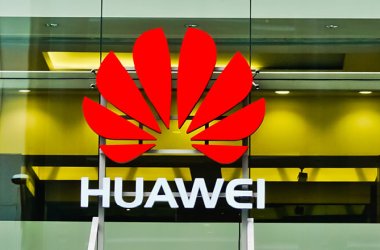 Allan Leinwand, CTO of infrastructure at social gaming giant Zynga, has revealed how the company’s deployment of public cloud saved the business, before its turn to private cloud massively reduced its server costs.
Allan Leinwand, CTO of infrastructure at social gaming giant Zynga, has revealed how the company’s deployment of public cloud saved the business, before its turn to private cloud massively reduced its server costs.
When Zynga started out in 2007 with the launch of Zynga Poker, infrastructure was not an issue.
“We did a classic infrastructure model. We rented out a public data centre space, got a bunch of apps, some servers, internet bandwidth etc. And that worked out ok for us – it scaled very nicely,” said Leinwand, who was speaking today at Interop 2012 in Las Vegas.
Subsequent game launches followed a similar process. However, when FarmVille launched in 2009, its large popularity led to serious issues for Zynga.
“FarmVille grew from zero to 10 million day active players in six weeks. It went to 25 million day active players in five months. It was explosive growth,” Leinwand said.
“We couldn’t get power fast enough. We couldn’t get servers fast enough. We couldn’t get cooling or our internet service providers to give us bandwidth fast enough. We just couldn’t scale our infrastructure to match the needs of FarmVille and what it was demanding,” he added.
Fortunately, Leinwand said, there was public cloud for the company to leverage and save the business from collapsing with the overwhelming demand.
“Public cloud became a critical component of our infrastructure. It allowed us to scale, and we then launched a number of games on the public cloud. We launched CityVille on the public cloud, which at the time was the fastest growing game on Facebook,” Leinwand said.
However, at the end of 2010 Zynga began to realise its strong dependency on the public cloud was standing in the way of a significant opportunity.
“We realised that we were renting what we could own. We wanted to own the base of our infrastructure. That base of our infrastructure would be the hidden gem and core component of our infrastructure plans. Infrastructure would be there to drive our business,” Leinwand said.
Subsequently, Zynga began to explore the idea of building its own private cloud.
“We named it the zCloud and started out small. We went from building a proof of concept to a new data centre, new servers, a new network and a new orchestration layer – everything from scratch. We did this in a little under six months. The first game we launched on zCloud proof of concept was called CityVille Hometown,” Leinwand said.
Once Zynga saw that the zCloud could scale and operate the same as the public cloud, it decided to get it ready for full production.
“We built zCloud in multiple data centres. We built it in multiple geographies, interconnected it with fibre, and connected it up to our social network partners and public cloud partners. Once we had that done we began the integration of workloads from the public to the private,” Leinwand said.
The culmination of this preparation was in November 2011 when Zynga launched CastleVille fully on zCloud.
“CastleVille’s growth eclipsed the growth we’d seen on CityVille. It grew to five million day active players in six days, compared to CityVille’s three million in the same time. It was the fastest growing game in Zynga’s history and it was launched and scaled on zCloud,” Leinwand said.
The result was a massive decline in data workload costs from the reduction of servers required on the zCloud compared to the public cloud.
“At the beginning of 2011, 20% of our players were playing on zCloud, with 80% playing up in the public cloud. But once we realised we could build a private cloud that could match the needs of our players, we doubled down. We doubled down on automation, ways to repair things when they failed and ways to monitor and alert, and we started to move more and more of our workloads on the zCloud,” Leinwand said.
“At the end of 2011 that number had flipped, with 80% of our players on zCloud. For every three servers we had on the public cloud, for the same exact work load our players we needed one server in zCloud – a 66% reduction,” he added.
CNME sub-editor Ben Rossi is reporting live from Interop 2012 in Las Vegas this week. You can follow live tweets at @computernewsme and #Interop.





